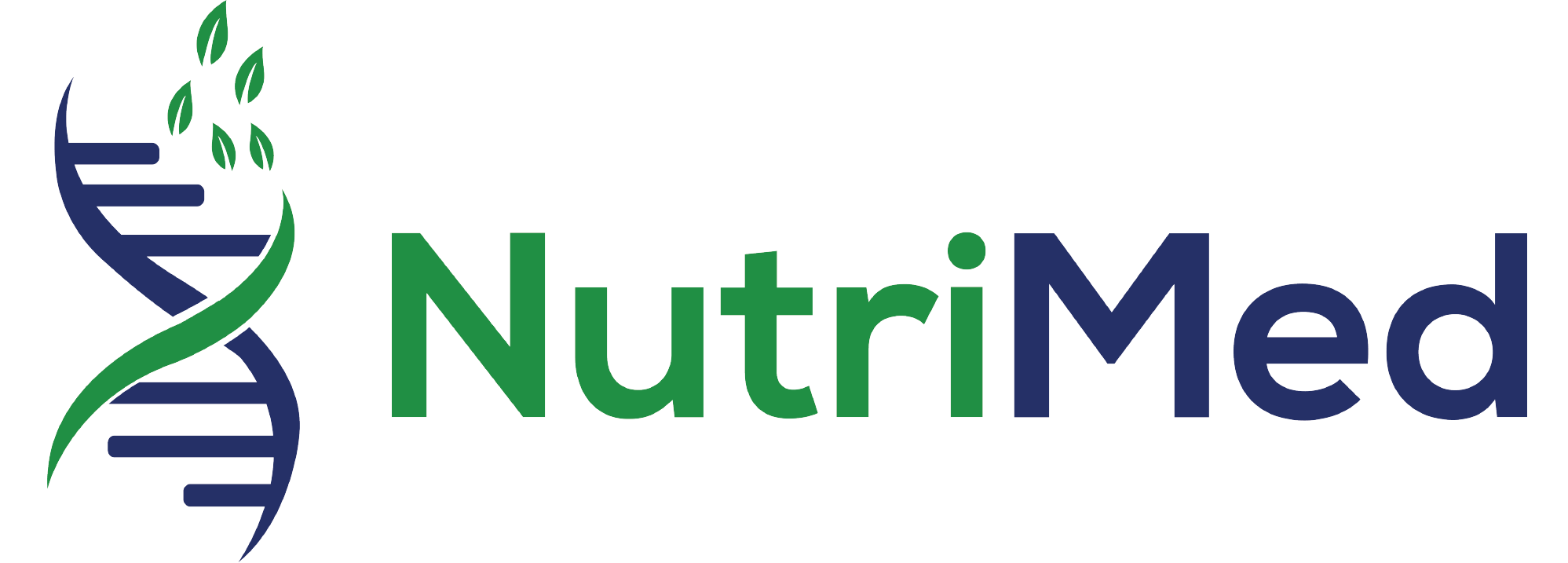AUTISM SPECTRUM DISORDER
AUTISM SPECTRUM DISORDER
Autism spectrum disorder is a group of conditions that are classified as neurodevelopmental diseases according to the fifth edition of the American Association of Psychiatrists’ Diagnostic and Statistical Manual of Mental Disorders.
ASD is a condition characterized by challenges in social interaction, communication, and restricted or repetitive behaviors. ASD encompasses a wide range of symptoms and severity levels, often referred to as a “spectrum,” which can vary greatly from person to person.
- Classifications (types)
- Symptoms
- Causes
- Treatments
Classifications
1) Autism
Also known as classical autism disorder. Autism is characterized by poor social interaction, verbal and non-verbal communication, and restricted and repetitive behavior patterns. Autism affects the process of data processing in the brain by altering how neurons relate to their synapses; however how this happens is not yet understood.
2- Asperger syndrome
Is a developmental disorder characterized by significant difficulties in social interaction and nonverbal communication, along with restricted and repetitive patterns of behavior and interests. As a milder autism spectrum disorder (ASD), it differs from other ASDs by relatively normal language and intelligence.
3- Pervasive developmental disorder not otherwise specified
Is severe and pervasive impairment in the development of reciprocal social interaction or verbal and nonverbal communication skills, or when stereotyped behavior, interests, and activities are present, but the criteria are not met for a specific pervasive development disorders. PDD-NOS is often called atypical autism, because the criteria for autistic disorder are not met
Symptoms
Autistic symptoms appear in most infants, while other children may develop a quite naturally during the first months or years of their lives but suddenly become locked in themselves, hostile or lose the language skills they have acquired.
The signs and symptoms of autism vary from one patient to another. Despite the same medical diagnosis, autistic patients behave in completely different ways and each has different skills; however, the following qualities are most common:
1- Social skills
- Avoid direct visual contact
- He often doesn’t seem to hear his talker
- He doesn’t respond to calling his name
- He refuses to hug or shrink on himself
- It seems that he does not understand or understand the feelings and feelings of others
- He likes to play alone, and falls into his own world

2- Language skills
- Speech delay, speech begins at a later age, compared to other children
- Loses the ability to say certain words or sentences previously known
- When he wants something to make a visual connection instead of talking
- Speaking in a strange voice or with different tones and rhythm
- Cannot initiate a conversation or continue an existing conversation
- May repeat words, phrases or terms, but does not know how to use them

3- Behavior
- Performs repetitive movements such as waving, shaking, or rotating in circles
- Follows habits and rituals that is usually repetitive – Loses his temper when there is any change, even small change in these customs or rituals
- Hyperactive
- Unexpected reactions such as stunned or dazzled by the rotation of wheel in a toy car
- Overly sensitive, to light, to sound or to touch, but unable to feel pain
- Has difficulty sharing his experiences with others

Diagnosis
Diagnosing ASD typically involves a comprehensive evaluation by healthcare professionals, including developmental pediatricians, psychologists, or psychiatrists. Diagnosis is based on observed behaviors, developmental history, and standardized assessments. Early intervention and diagnosis are crucial for accessing appropriate services and support.
Causes
Autism is a complex disorder and have overlapping causes that have led to a degree of complexity in understanding the cause of autism; however there are some theories that explain the causes of autism.
1- Genetic causes
Evidence suggests that autism has a genetic basis, with studies suggesting that autism rates are as high as 60% to 90% among twins, also siblings with autism are 25 times more likely to develop Autism. However, most genes involved in increasing the risk of autism have not been identified. Yet Autism Spectrum Disorder may affect people in a family that has not had the disease before.
2- Environmental reasons
Although evidences of environmental factors are uncertain, attempts are made to understand them. Environmental factors that are supposed to contribute to or lead to autism include certain foods, infectious diseases, heavy metals, solvents, diesel exhausts, chlorine, phenols used in plastics and pesticides, alcohol, smoking, drugs, and prenatal stress , Although there is no conclusive evidence.
On the other hand it is believed that environmental factors impact takes place during the first weeks of pregnancy and the beginning of the developmental stages of the child through the impact on nervous activity and might cause genetic mutations leading to autism.
* Theories have been found to blame vaccinations
because autism symptoms appear near the date of periodic children vaccination. These theories blame vaccines and the preservative in them, causing autism have been proven fake. Despite this, parents have been worried about continuing their child vaccinations.
Treatments
While there is no cure for autism spectrum disorder (ASD), various interventions and therapies can help individuals with ASD manage symptoms, improve functioning, and enhance their quality of life. Treatment plans are often individualized and may include a combination of behavioral therapies, educational support, medication, dietary supplements, and complementary approaches.
1- Behavioral Therapies
Behavioral therapies, such as Applied Behavior Analysis (ABA), are widely used interventions for individuals with ASD. ABA focuses on increasing desired behaviors and reducing problem behaviors by systematically applying principles of learning theory. Through structured and individualized interventions, ABA helps individuals with ASD develop communication skills, social interactions, adaptive behaviors, and daily living skills.
2- Medication
Medication may be prescribed to manage certain symptoms or co-occurring conditions commonly seen in individuals with ASD, such as anxiety, depression, attention-deficit/hyperactivity disorder (ADHD), or disruptive behaviors. Selective serotonin reuptake inhibitors (SSRIs), antipsychotics, stimulants, and other medications may be used under the guidance of a healthcare professional to target specific symptoms and improve overall functioning.
3- Dietary Supplements
Some individuals with ASD may explore the use of dietary supplements as adjunctive treatments. While research on the effectiveness of dietary supplements for ASD is limited and findings are mixed, some supplements have been studied for their potential benefits. These may include:
Omega-3 Fatty Acids: Omega-3 fatty acids, found in fish oil supplements, have been investigated for their potential role in supporting cognitive function and reducing inflammation in individuals with ASD.
Vitamin D: Some studies have suggested that vitamin D deficiency may be more common in individuals with ASD, and supplementation may help improve certain symptoms.
Probiotics: Gut health has been implicated in ASD, and some research suggests that probiotic supplements may help alleviate gastrointestinal symptoms and improve behavior in some individuals.
Magnesium and Vitamin B6: These supplements have been studied for their potential to reduce hyperactivity and improve attention in individuals with ASD.
4- Neurofeedback
Neurofeedback, also known as EEG biofeedback, is a non-invasive technique that aims to train individuals to regulate their brainwave patterns. While research on neurofeedback for ASD is ongoing and findings are mixed, some studies suggest that neurofeedback may help improve certain symptoms, such as attention, impulse control, and social behavior. During neurofeedback sessions, individuals receive real-time feedback on their brainwave activity and learn to modify their brainwave patterns through rewards and reinforcement.
4- Educational Support
Educational interventions play a crucial role in supporting individuals with ASD in academic settings. Individualized Education Plans (IEPs), specialized classrooms, and educational accommodations can help address the unique learning needs of students with ASD. These supports may include visual aids, sensory-friendly environments, specialized instruction, and assistive technology to facilitate learning and skill development.
Autism spectrum disorder is a complex condition that requires a multidisciplinary approach to treatment. By combining evidence-based interventions such as behavioral therapies, educational support, medication, and complementary approaches like dietary supplements and neurofeedback, individuals with ASD can receive comprehensive support tailored to their unique needs and strengths.
Always consult with qualified healthcare professionals and specialists to develop a personalized treatment plan for individuals with ASD.
